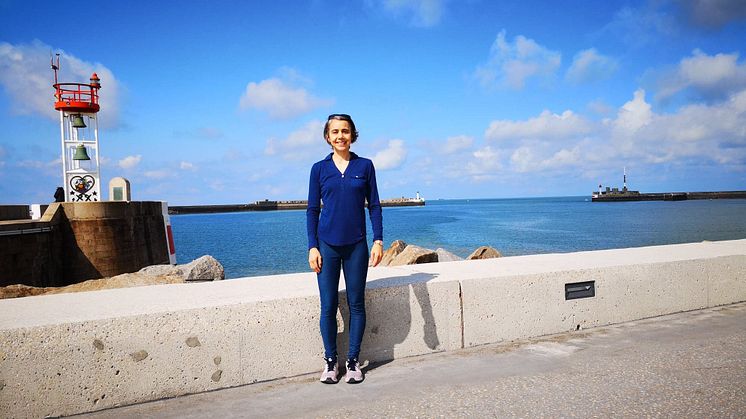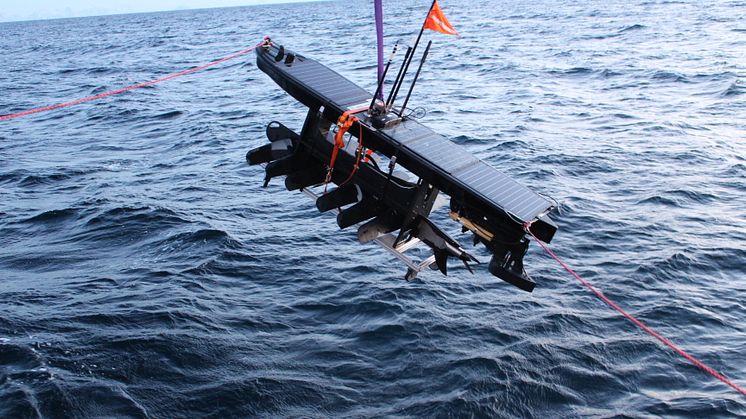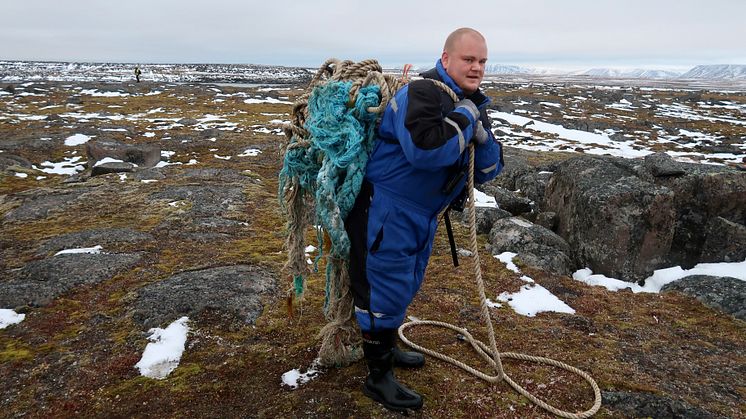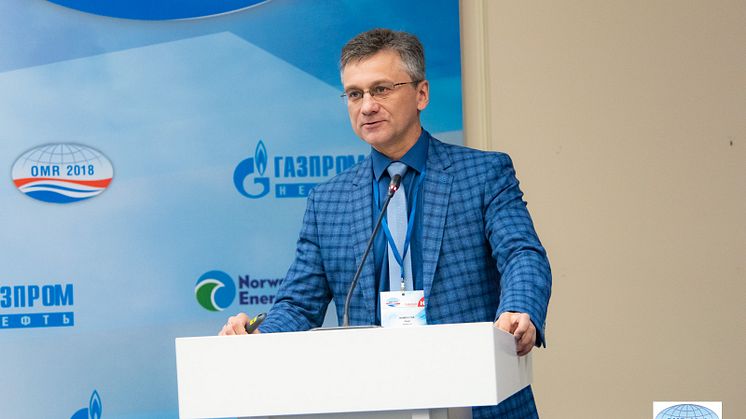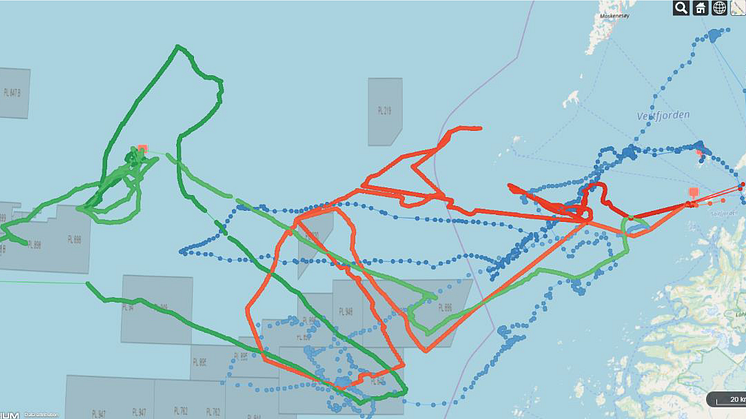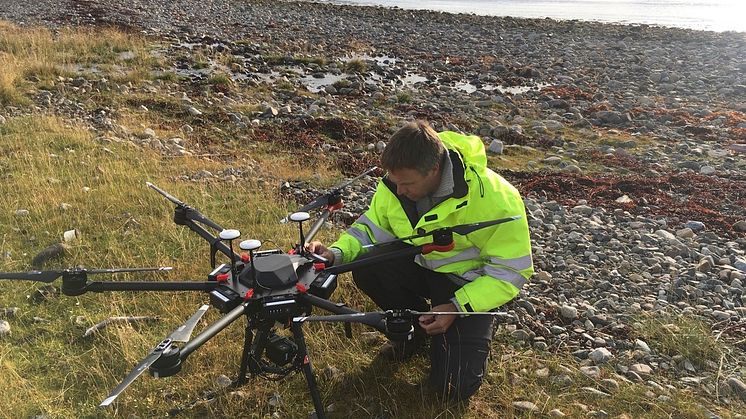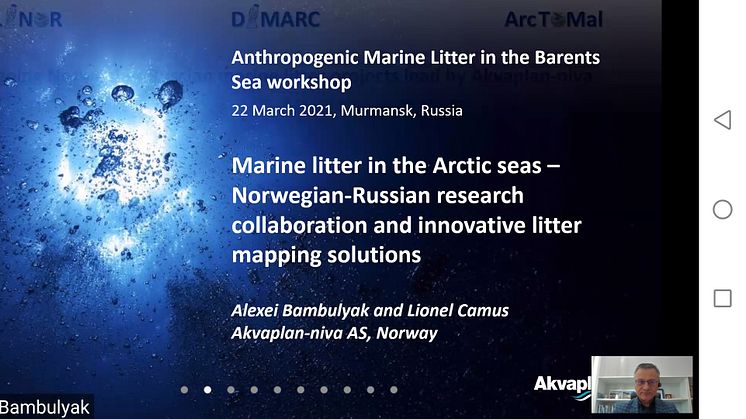
Nyhet -
Norwegian-Russian event: Anthropogenic litter in the Barents Sea - plastic and lost fishing gear
Recently Lionel Camus and Alexei Bambulyak from Akvaplan-niva presented the projects MALINOR, ArcToMal and DIMARC at a Marine litter workshop arranged by World Wildlife Fund Russia (WWF Russia). The title of their talk was "Marine litter in the Arctic seas - Norwegian-Russian research collaboration and innovative litter mapping solutions". The event was arranged with support of the Consulate General of Norway and with participation from the Fishing Industry Union of the North (FIUN) and the Norwegian Fishermen's Association.
Background
Anthropogenic pollution of seas and oceans in recent years has become one of the most pressing environmental problems of all humanity. Pollution from marine debris and plastic particles has negative consequences for the productivity of fishery in Russia and Norway, and poses a threat to the ecosystems of the Barents and Norwegian Seas. It is not known how this will affect the health of consumers.
A significant part of marine litter in the North Atlantic is carried by the Gulf Stream. However, the contribution of the fishing fleet to this process is quite large, and it is necessary already now to think about how to minimize this impact. Norway and Russia have been cooperating in the Arctic for many years, many serious and important issues related to the development of aquatic biological resources in the Barents Sea have been successfully resolved. The next step is collaboration on a healthy and productive future marine space. It is very important to unite the efforts of all interested parties and do everything possible to ensure the cleanliness and safety of our seas.
Topics for discussion:
1. Latest data on the distribution and composition of marine litter in the Barents Sea and North-East Atlantic waters.
2. Exchange of experience on the practices of collection, removal and processing of plastic waste including fishing gears.
3. Measures and proposals to reduce the risks of discard and loss of fishing gear, their fragments and other plastic parts on fishery vessels.
We invite organizations, companies and experts in the field of marine ecology and sustainable fisheries to take part in discussing the situation with marine litter in the Barents Sea and finding ways to solve this problem.
Reports on environmental, technical and management issues related to:
Se full program below.
